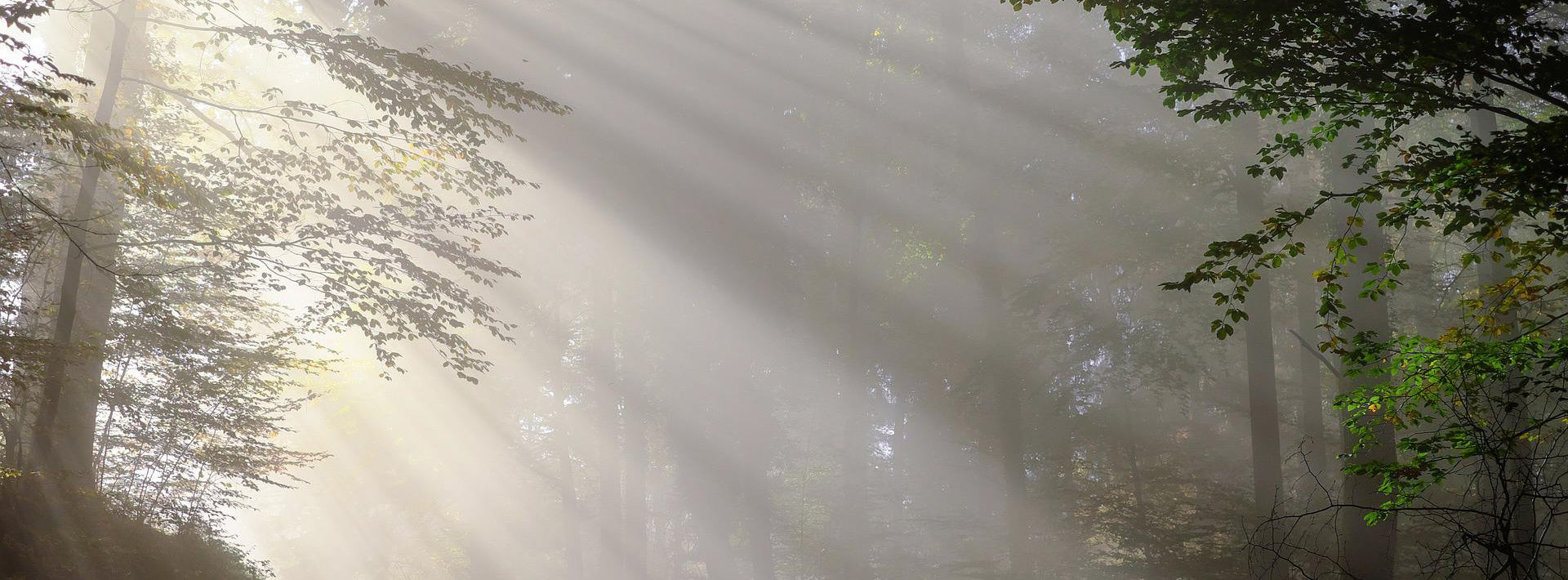霞 -Haze-
霞という形を持たないものを、日本的な感覚で表現した自然文様です。何本かの直線を横に引いた表現は、横にたなびくものという考えからといわれています。霞というのは日中の呼び名であり、夜になると「靄」と呼ばれ、俳句の世界では、霞は春の季語であり、秋には「霧」と表現が変わります。
This is a natural motif expressed through a Japanese sensibility, representing something that doesn't have a defined form, like mist or haze. The depiction of several horizontal lines is said to convey the idea of something drifting horizontally. The term used during the daytime is "霞" (kasumi), and during the night, it becomes "靄" (also read as kasumi). In the world of haiku poetry, "霞" is associated with spring, while in autumn, the expression shifts to "霧" (kiri), meaning fog.
ヱ霞 -ヱ Haze-
霞文様よりも、デフォルメして霞を表現した文様。中に季節の草花を入れたもの、松竹梅や宝尽くしなどの吉祥文様を入れた表現もよく見られます。また、横長のふくらみのあるものを4つつなげたものは「春霞文」と呼ばれます。
This pattern expresses the shape of cloud with horizontal lines and essential for kimono and obi sash.
Looks like a katakana character ”エ”.
Often used in kimono and obi with other auspicious patterns.
この文様・和柄が用いられている帯地
Obi fabrics with this Japanese pattern from the obico selection


